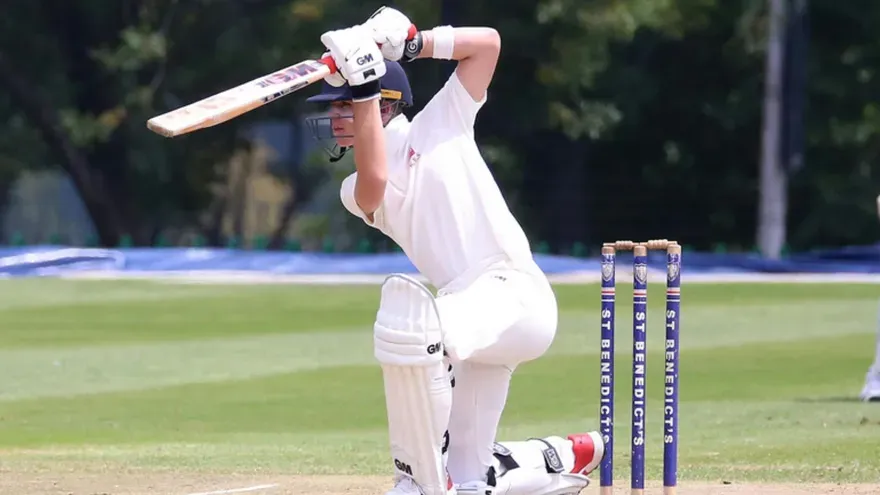In this article, check out the fake fielding rule explained and what is the law. Also look at the incidents that happened in the past.
Here’s the complete rule breakdown
Law 41.5: Deliberate distraction, deception or obstruction of batsman
41.5.1 In addition to 41.4, it is unfair for any fielder wilfully to attempt, by word or action, to distract, deceive or obstruct either batsman after the striker has received the ball.
41.5.2 It is for either one of the umpires to decide whether any distraction, deception or obstruction is wilful or not.
41.5.3 If either umpire considers that a fielder has caused or attempted to cause such a distraction, deception or obstruction, he/she shall immediately call and signal Dead ball and inform the other umpire of the reason for the call.
41.5.4 Neither batsman shall be dismissed from that delivery.
41.5.5 If an obstruction involves physical contact, the umpires together shall decide whether or not an offense under Law 42 (Player's conduct) has been committed.
41.5.5.1 If an offence under Law 42 (Player's conduct) has been committed, they shall apply the relevant procedures in Law 42 and shall also apply each of 41.5.7 to 41.5.9.
41.5.5.2 If they consider that there has been no offence under Law 42 (Player's conduct), they shall apply each of 41.5.6 to 41.5.10.
41.5.6 The bowler’s end umpire shall award 5 Penalty runs to the batting side inform the captain of the fielding side of the reason for this action and as soon as practicable inform the captain of the batting side
41.5.7 The ball shall not count as one of the over.
41.5.8 Any runs completed by the batsmen before the offence shall be scored, together with any runs for penalties awarded to either side. Additionally, the run-in progress shall be scored whether or not the batsmen had already crossed at the instant of the offence.
41.5.9 The batsmen at the wicket shall decide which of them is to face the next delivery.
41.5.10 The umpires together shall report the occurrence as soon as possible after the match to the Executive of the offending side and to any Governing Body responsible for the match, who shall take such action as is considered appropriate against the captain, any other individuals concerned and, if appropriate, the team.
Incidents happened in the past
Marnus Labuschagne became the first player to be penalized under the “fake fielding law”, which was incorporated by the ICC into its playing conditions in 2017.
Australian batter Marnus Labuschagne the first player to be penalized under the new rule. Labuschagne was fielding for the Queensland Bulls in its JLT One-Day Cup clash against a Cricket Australia XI in Brisbane when he shaped to throw from mid-off but did not have the ball in his hand.
Then last year, Pakistan was denied a fake fielding penalty in a close finish against South Africa. With Pakistan needing 31 runs to win off last six, Fakhar Zaman was run out after South African wicketkeeper, Quinton de Kock, appeared to signal that a throw from the deep was heading to the bowler’s end.
Fakhar, thinking that the ball wasn’t coming to his end, slowed down only for Aiden Markram’s throw to hit the stumps at the keeper’s end, catching him short of his crease.














